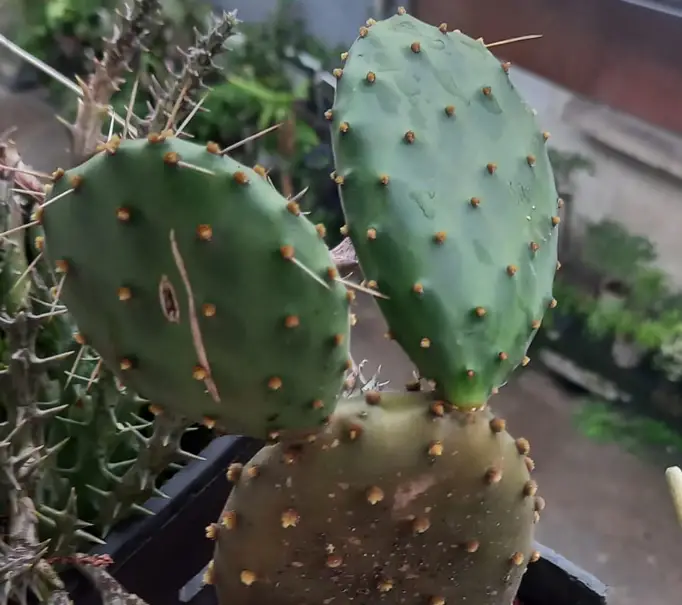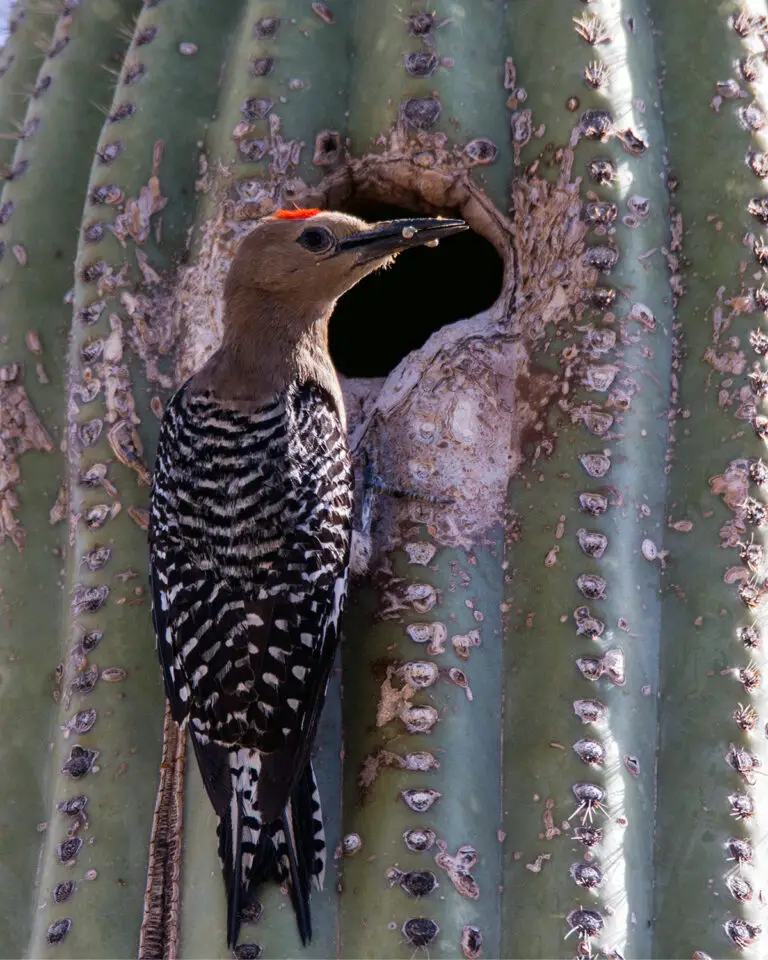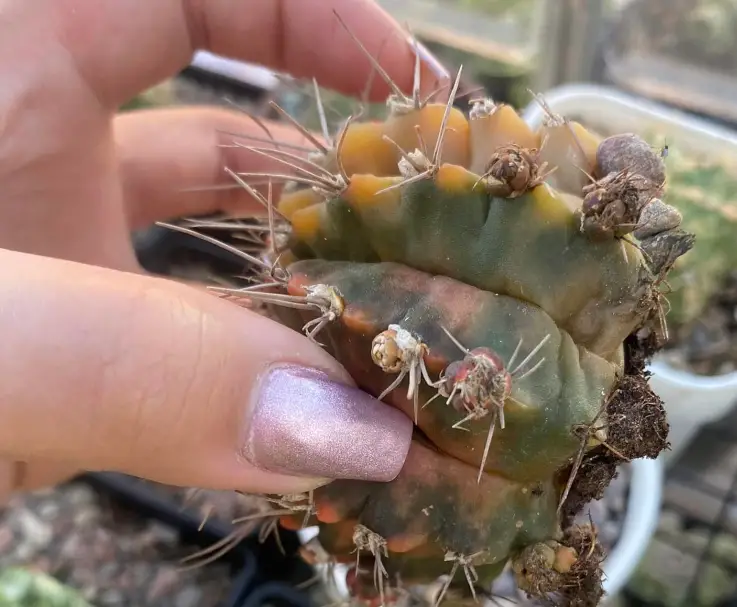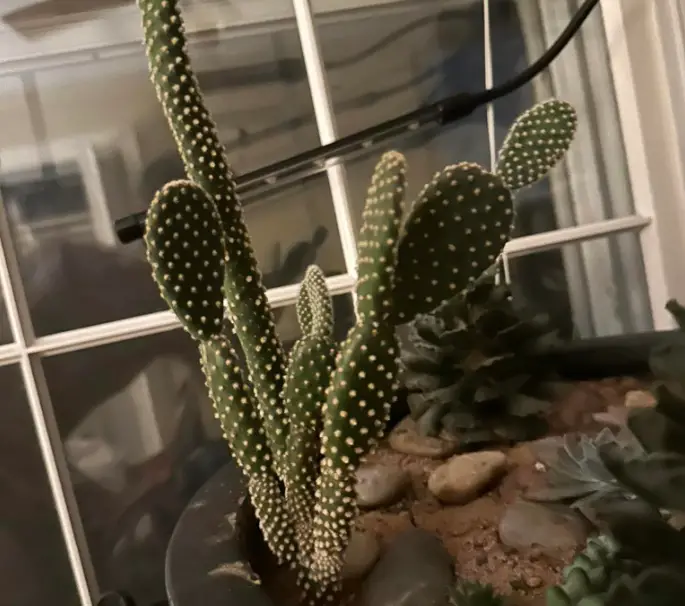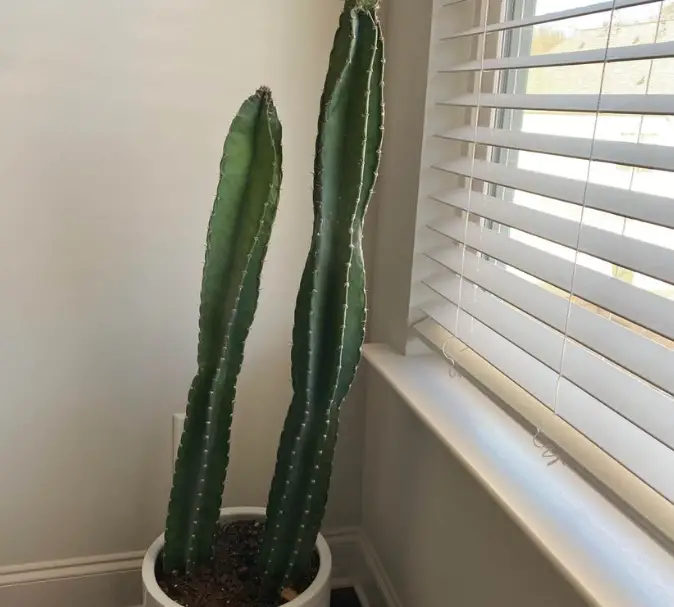This Cactus That Looks Like Brain: Identification and Care Information
The Brain Cactus (Mammillaria elongata Cristata) is a unique plant that looks like a human brain or a clump of worms. The crested shape is as a result of mutation that causes its stems to grow in a fan-like shape. It’s a visually striking plant perfect for bonsai or Halloween decorations.
Originating from Mexico, this cactus is a rare form of Mammillaria Elongata and that’s why it resembles the Ladyfinger cactus and Gold lace cactus. It often produces lovely blooms in spring and sometimes later in the year. The cactus is green but white hairy spines give it a grayish cast.
Despite its spooky formation, Mammillaria Elongata Cristata is a common houseplant that can also be grown outdoors in warmer climates. The spikes are harmless and it’s a friendly plant to both humans and pets. Care and maintenance of this cactus that looks like the brain is typically low.
| Common name | Brain cactus |
| Botanical name | Mammillaria elongata Cristata |
| Plant type | Cactus succulent |
| Mature size | 6 in. tall, 12 in. wide |
| Sun exposure | Full sun, Partial shade |
| Hardiness zones | 9-11 (USDA) |
| Bloom season | Spring |
| Flower color | Pink |
| Maintenance | Low |
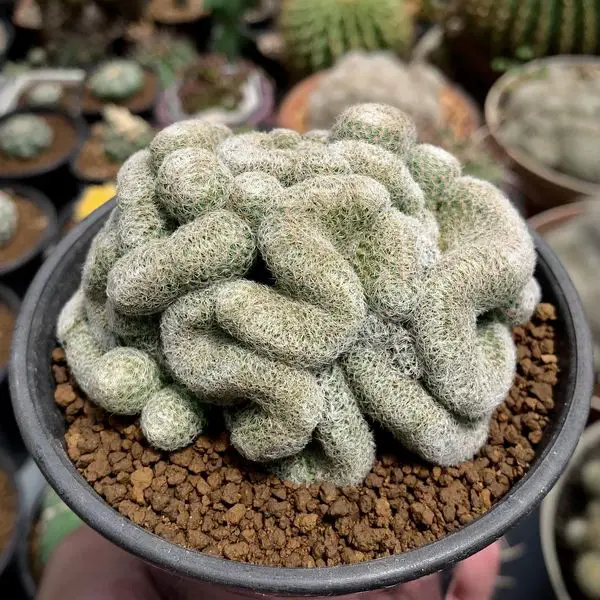
How to grow and care for Brain cactus
The Brain cactus is generally easy to grow and care for under the right conditions.
How to water
Like most succulents, watering is a delicate balance for a Brain cactus. This plant is adapted to arid conditions with low watering needs. Excess water can cause the cactus to rot and die. To keep it healthy, you should allow the soil to dry out completely between waterings.
This means, waiting until the top inch of the soil is dry to the touch before watering again. Water weekly or biweekly during the growth season in Spring to October and less during winter months. It is better to underwater the Brain cactus than to overwater it.
In addition, Brain cactus can actually trap moisture in the folds and crevasses. This can attract mold and mildew or instill rot that can kill the plant. It is therefore advisable to water from the base of the plant to prevent moisture collecting on the stems of the cactus.
Light requirements
The brain cactus loves full sun to partial shade. If growing indoors, place it in a spot where it can get bright indirect light. A south or east-facing window is always recommended. Avoid prolonged exposure to direct sunlight as it can cause sunburn and damage to its delicate tissues.
Cactus stretching or leaning on one side, particularly towards the source is a sign that more light is needed. You may use artificial succulent grow lights to supplement the natural light or relocate the plant to a spot where it can get enough sunlight.
On the other hand, brown or discolored patches on the plant indicate too much direct sunlight. This is common during the months of summer. If your plant is grown outside, provide it with some shade during the hot afternoon sun.
Soil and fertilization
When planting Brain cactus, it’s important to use well-draining soil with a little addition of organic matter like decomposed compost. Water standing at the roots of the cactus may cause root rot and other fungal problems. Plants with root rot hardly survive beyond a week.
You can always find succulent mix or cactus potting soils at most garden centers. Alternatively, you can make your own soil mix by combining 3 parts potting soil, 2 parts sand, and 1 part perlite or pumice. The aim is to make a mix that drains quickly and thoroughly.
As for fertilization, Mammillaria Elongata Cristata isn’t a heavy feeder. To boost growth, you can fertilize it once a month during the growing season with a well-balanced liquid fertilizer diluted to half-strength. However, fertilizing should be avoided during the months of winter when the cactus is dormant.
Temperature and humidity
Brain cactus is generally not hardy. It prefers warm temperatures in the range of 65-85°F during the growing season. Outside USDA zones 9-11, it’s important to bring the cactus inside at the beginning of fall. Even the slightest frost will damage this plant when left outside.
Standard indoor humidity is suitable for the growth of Brain cactus. During extremely dry periods, you can place a tray of water beside the plant to help boost humidity around the plant. Avoid misting and excessive moisture as it can lead to fungal issues.
Potting and repotting
Brain cactus has a relatively slow growth rate but you can repot after every 3-5 years in a slightly larger container than the current one. This not only helps in preventing the root bound problems but also provides fresh soil with more nutrients.
When potting or reporting, the standard procedure is to use a well draining soil and a pot with holes at the bottom. I recommend clay or breathable terracotta pots as they allow free flow of air around the roots.
How to propagate Brain cactus
The easiest way to propagate Brain cactus is through offsets. As this cactus grows, it produces small plants around it which can be used in regenerating more plants. It’s a straightforward process where you only need to detach the pups from the mother plant and grow them in their own pots.
The second method of propagating the succulent is by stem cuttings.It involves cutting a section of the stem and planting it in a well-draining cactus or succulent potting mix. It’s recommended to use a sterilized knife in extracting the cutting and allow the cut end to dry and form a callus.
In whichever method you use, place the potted cutting or pup in a bright, indirect light location and water sparingly. Always allow the soil to dry completely between waterings. Rooting may take a few weeks and you can transplant the cactus in your preferred location.
Pests and common problems
The Brain cactus is extremely resistant to pests, deer and common houseplant diseases. Root rot is the only main problem for plants that have been overwatered. It causes the roots to become mushy and black and eventually kill the plant.
To prevent root rot, make sure your cactus is planted in well-draining soil and allow the soil to dry out between waterings. Warm humid conditions can also attract mealybugs. These small, white, cottony insects feed on plant sap resulting in poor growth of the cactus.
The best way of preventing insect pests is to conduct regular checks. If discovered, you can remove them manually with a cotton swab dipped in rubbing alcohol or use insecticidal soap. Sunburn can also cause patches on the plant, so protect it from extreme sunlight.
Final thought
The Brain cactus is one of the plants that I love not only because of their striking appearance but also because they are easy to care for and maintain. What’s important is to grow them in well-draining soil and water springly. They do well in full sun and partial shade but remember to bring them indoors as cold months of winter approaches.
My name is Diane M Lewik, and I am the founder of this website. I am a degree holder in plant biology from the University of California – Berkeley. Over the years, I have cultivated a vast collection of succulents and I have learned a great deal about how to grow and care for these unique plants. Feel free to ask any questions in the comment section below.

